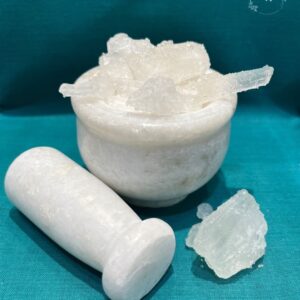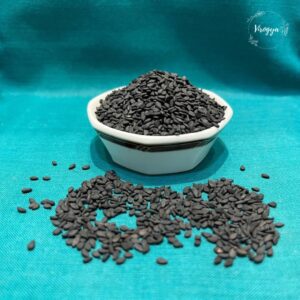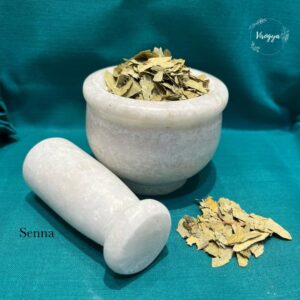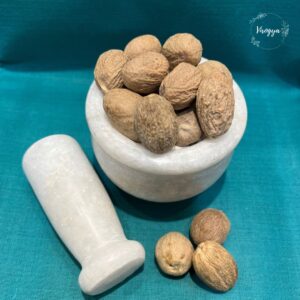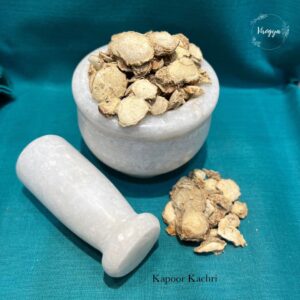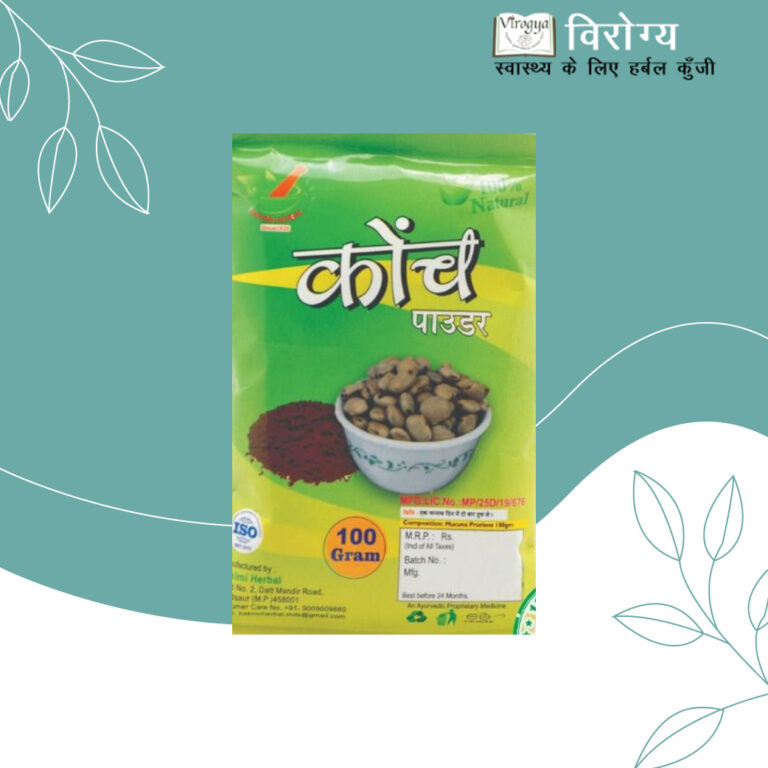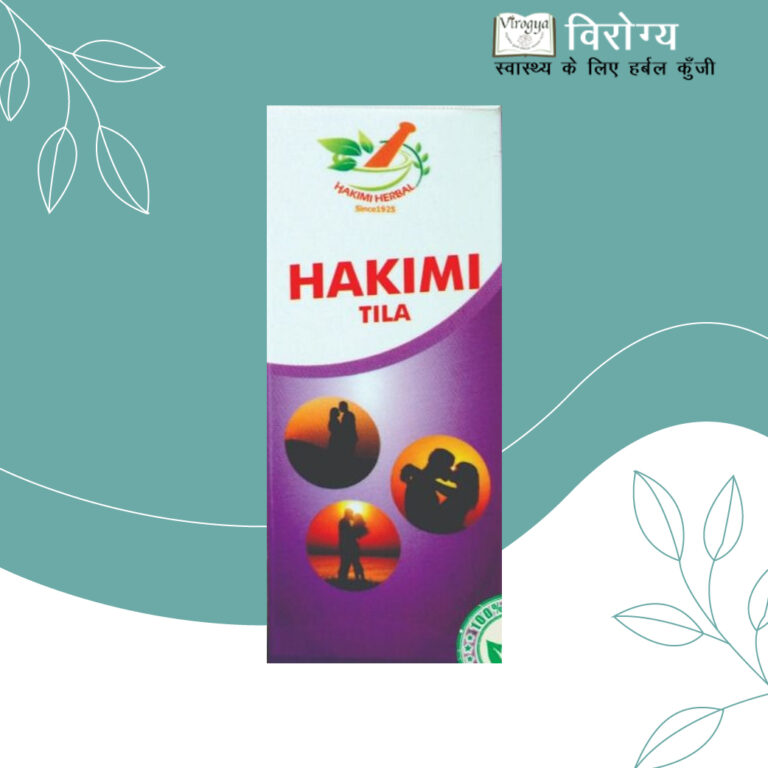Description
Lisoda (Cordia myxa), also known as Indian Cherry or Sebesten Plum, is a medium-sized deciduous tree belonging to the Boraginaceae family. It is widely grown in India, Pakistan, Sri Lanka, and tropical regions for its edible fruits, medicinal properties, and timber. The tree is well known for its sticky, mucilaginous fruits, which are used in pickles, curries, and herbal remedies. In traditional medicine, Lisoda is valued for its digestive, anti-inflammatory, and respiratory benefits. Due to its ability to grow in dry and arid conditions, it plays an important role in agroforestry and soil conservation.
-
Tree Characteristics
- Medium-sized deciduous tree, growing up to 10-15 meters in height.
- The bark is rough and grayish-brown in color.
-
Leaves
- Simple, broadly ovate with serrated edges.
- Dark green, rough, and alternately arranged.
-
Flowers
- Small, white, or pale yellow bell-shaped flowers bloom in clusters.
- Flowering season: Spring to early summer (March to May).
-
Fruits
- Green, round, and sticky drupes (when unripe).
- Ripens to yellowish-brown color.
- Mucilaginous pulp inside with a single hard seed.
Cultivation & Growth Conditions
- Climate: Thrives in tropical and subtropical climates.
- Soil: Well-drained, sandy loam soil.
- Propagation: By seeds or cuttings.
- Watering: Moderate; drought-tolerant once established.
- Sunlight: Full sun to partial shade
Conclusion
Lisoda (Cordia myxa) is a versatile and valuable tree with culinary, medicinal, and ecological benefits. Its nutrient-rich fruits are used in Indian cuisine, while its healing properties make it a key ingredient in Ayurveda and traditional medicine. The tree’s hardwood and natural adhesive properties further enhance its utility. With its drought-resistant nature and minimal maintenance needs, Lisoda remains an important tree for farmers, herbalists, and conservationists alike. Preserving and promoting this plant can provide health, economic, and environmental benefits for future generations.






